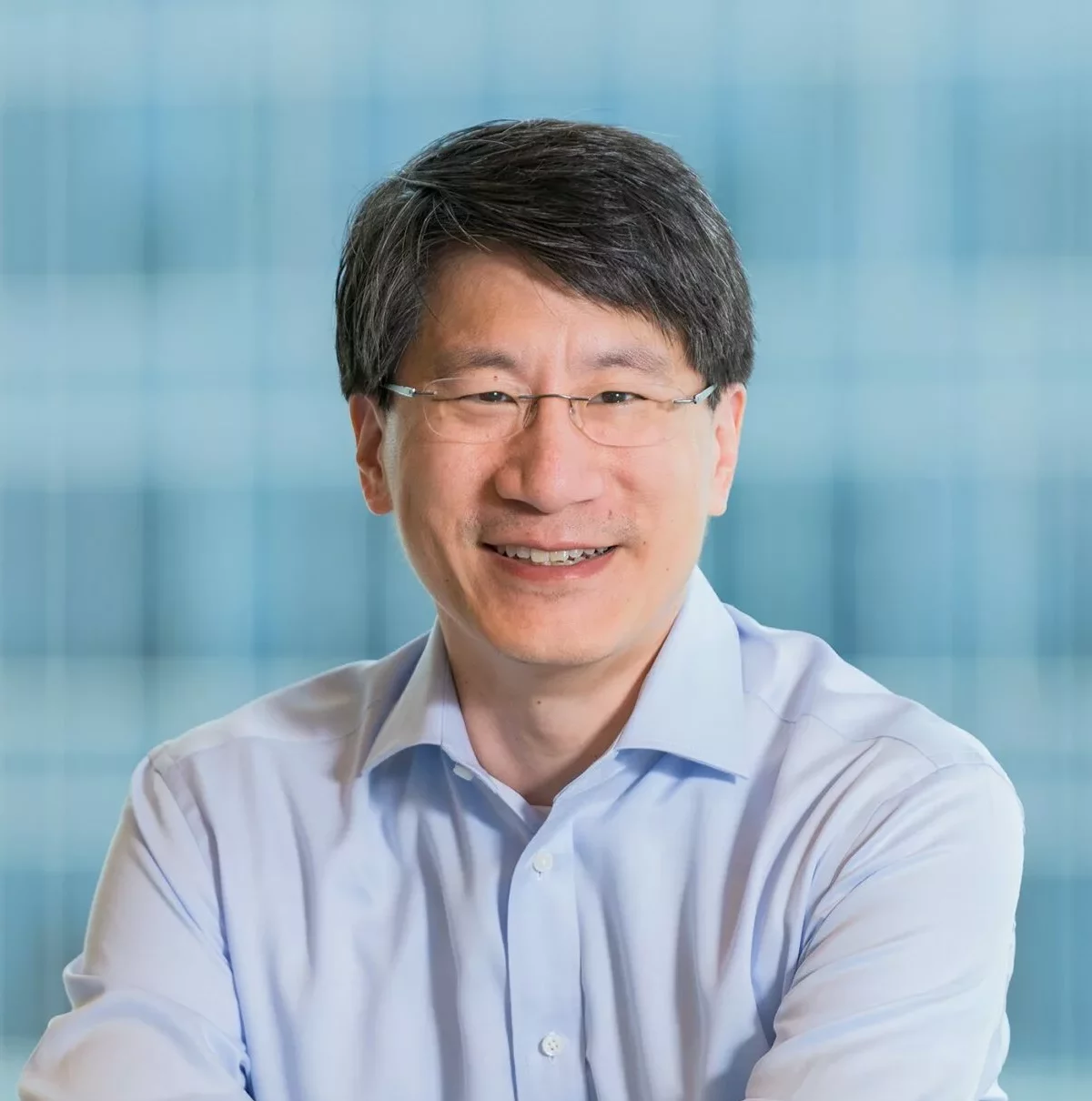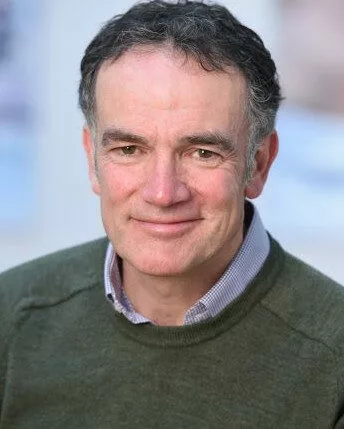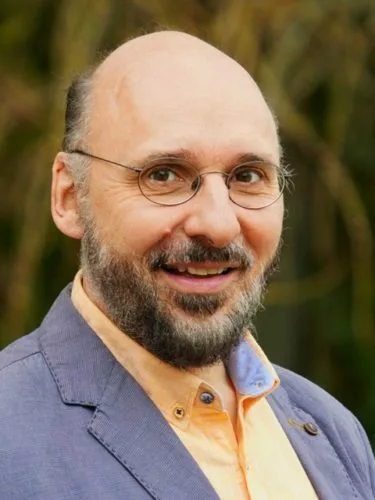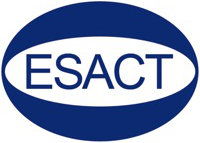
ESACT Innovation Award
Recognize outstanding innovators and contributors to the field of Animal Cell Culture Technology
ESACT Innovation Award 2026
Please consider identifying and nominating strong candidates for the 2026 ESACT Innovation Award.
Nomination deadline extended: 2 February 2026
The ESACT Innovation Award is to recognize outstanding innovators and contributors in the field of Animal Cell Culture Technology. ESACT has had a profound impact on the development of ACCT-based production of biologicals as human therapeutics as well as diagnostics. Over the years, several landmark contributions have been made by scientists and organizations associated with ESACT, yet there has not been a mechanism to recognize such contributions and disseminate their impact. This award aims to fill this need.
For the purpose of this award and to provide clarity, ESACT defines “Animal Cell Culture Technology” as:
Applied science, technologies, systems and processes that enable, facilitate or improve the use of cultured animal cells in research, diagnostic and therapeutic applications.
The award is presented at the discretion of the ESACT Award Committee during the ESACT bi-annual scientific meeting. The value of the award will be a sum of 5.000,00 EUR together with a commemorative plaque. The award will be presented to the recipient at the ESACT bi-annual scientific meeting, followed by the ESACT Innovation Award Lecture by the recipient. The invitation to attend the ESACT MEETING will further include all travel expenses, accommodation during the meeting and a waiver of registration fees.
Nomination Procedure
Details regarding the nomination procedure and deadlines can be found here.
It is expected that the award recipient will fully attend the ESACT MEETING following the award selection and will deliver the Innovation Award Lecture personally. The inability to participate in the specific ESACT MEETING for any reason other than medical reasons will automatically disqualify the selected individual. The award will then be given to the runner-up who becomes subject to the same eligibility criteria as outlined above. Not eligible for the award are ESACT Executive Committee members as well as award committee members during the term of their respective committee membership and for a two-year period thereafter.
Criteria
Nominees will be judged based on two criteria:
- Primary Criterion: Originality, value and impact of a specific invention, technology, concept or idea in the field of Animal Cell Culture Technology, realized by the nominee (or group of nominees) in the last 15 years, as evidenced by a granted patent and/or relevant publications and high degree of adoption by the community/industry.
- Secondary Criterion: Overall involvement in the Animal Cell Culture Biotechnology community through educational and mentorship contributions, publications and active participation in relevant scientific meetings and societies, including ESACT.
Evaluation
Nomination packages will be evaluated by the Award Committee established by the ESACT Executive Committee.
Nomination Package
The nomination package must consist of the following items:
- A nomination cover page.
- A nomination statement/letter of no more than 800 words, highlighting the specific invention, technology, concept or idea in the field of Animal Cell Culture Technology that was realized by the nominee in the last 15 years, backed up by appropriate evidence of adoption by the Animal Cell Biotechnology community.
- Proposed Award Criterion: No more than 25 carefully edited words that reflect the specific achievements of the candidate.
- A resume including publications by the nominee (limited to 8 pages);
- A maximum of three brief supporting letters* from individuals in the field. Each letter should be no longer than 600 words.
*If the nominator is from the same institution/company as the nominee, no letters should be from the same institution/company. Otherwise, no more than one letter from the same institution/company as the nominee, and no more than one letter from any one institution/company.
Nomination Cover Package
The nomination cover page should contain the following information:
- Name of nominee
- Present position (exact title)
- Mailing address, telephone and email
- Education
a) Institution
b) Degree received and year of each degree
c) Major or field - Positions held
a) Company or institution
b) Position or title
c) Time period - Role or relation of the nominee to ESACT (if any)
- Important academic and/or professional honors and awards
- Technical and professional society memberships and offices held
- Nominator’s name, address, telephone number, and email
- Nominator’s signature and date
Joint Nomination
The ESACT Executive Committee recognizes that specific innovations and technological breakthroughs do not always result from the invention or idea of single contributors. In cases where, for a specific innovative technology, invention or idea, not a single inventor can be identified, then the following applies:
It is possible to nominate two or more specific contributors (Joint Nomination) or nominate an entire academic/industrial group (Group Nomination). In such cases the nomination package is modified as follows:
Separate nomination cover page for each of the contributors to the invention/concept/idea. Unless otherwise indicated it will be assumed that all nominees have contributed equally.
- Separate resumes for each of the nominees
- The (up to three) letters of support should be supportive of the joint nomination and recognize the contribution of all nominees
- Joint Awardees will share the Award money equally (unless otherwise specified), will each receive a commemorative plaque and will be expected to share the Award Lecture. Ideally, all award recipients will be able to attend fully the ESACT Scientific Meeting following their selection, but for the purpose of eligibility to receive the award, it is sufficient if one among them can attend fully the ESACT Meeting and deliver the Award Lecture.
Group Nomination
- Nomination cover page to name the group, list its key members and identify one person as the principal investigator/ leader of the group. All further information requested should focus on the principal investigator.
- The resume included should be that of the principal investigator.
- The up to three letters of support should be supportive of the group to be recognized as well as to the principal investigator of the group.
- In the case of a Group Award, the award money will be paid to the Principal Investigator who will then decide how it will best benefit/reward the group. The commemorative plaque will be naming the group and its principal investigator. The Award Lecture will be delivered by the principal investigator or his/her delegate member of the group. For eligibility, it is sufficient if the principal investigator or one delegate member of the group will attend fully the ESACT meeting and deliver the Award Lecture.
Submission Process & Deadline
Nomination packages are due on 2 February of the year of the respective ESACT meeting.
The complete nomination package should be submitted in an electronic form as a single file (no larger than 10 Mb) with the name of the nominee, and should include the scanned, signed letters of support.
The package should be sent by email to the Chairman of the Selection Committee with the subject line: Nomination of (nominee’s name) for (year) ESACT Innovation Award
Chairman of the Selection Committee
Terry Papoutsakis, University of Delaware, USA
ESACT Innovation Award 2024 – Recipients
International CHO Genome Community represented by Prof. Michael Betenbaugh,
Dr. Kelvin H. Lee, Prof. Nathan Lewis and Prof. Nicole Borth

Award Criterion
For transforming biopharmaceutical manufacturing through collaboration and sharing of genomic and associated knowledge that benefits industry and enhances patient access to high quality medicines.
Representatives of the CHO Genome Community
Innovation Award 2024 presented by Prof. Terry Papoutsakis to the winners Prof. Michael Betenbaugh, Prof. Nicole Borth, Prof. Nathan Lewis and Prof. Kelvin Lee (absent)
CHO Genome Community
CHO are the most frequently used mammalian cell line for recombinant protein production. These cells easily adapt to different culture conditions and are characterised by high diversity and heterogeneity in behaviour which contributes to their flexibility and creates an ability to isolate variants that are able to produce large amounts of recombinant protein, ultimately serving patients. Despite the significant economic importance of CHO cells and a lack of molecular understanding of the basis for their behavior, very little genomic sequence information was publicly available in 2010. Any efforts to develop – omics understanding was performed in a proprietary setting in companies or by individual academic laboratories. The need to converge approaches and the value of establishing a well- annotated genome became evident to the broad community.
To achieve this, www.CHOgenome.org was founded in 2011 aiming to consolidate and coordinate efforts within the scientific community to establish basic data and tools for genome scale science for CHO and to apply these to generate solutions that lead to several paradigm shifts in the approaches taken in cell line and process development for manufacturing of biologics. The main drivers behind this effort were (in alphabetical order) Mike Betenbaugh (JHU), Nicole Borth (BOKU University), Kelvin H Lee (UDel) and Nathan E Lewis (UCSD), all of them contributing either fundraising or coordinative efforts, sequencing data or work on curating the assembly, the annotation or the metabolic model. The spirit behind the entire effort was driven by the realisation, that by joining forces and sharing data and resources, the scientific community could achieve so much more than any single group on their own could conceivably accomplish. The efforts of the CHO genome community has resulted in:
- The publication of several releases of a Chinese hamster reference genome with increasingly higher quality of assembly and a curated annotation linked to RefSeq.
- Several genome sequence datasets for a variety of CHO cell lines, from different lineages and histories, including host and producer cell lines.
- A community curated genome scale metabolic model for the Chinese hamster and different CHO cell lines – with new, currently ongoing, coordinative efforts to update and to combine all new developments that emerged in the meantime.
- Publicly accessible databases for these genomes, transcriptomes and proteome data, including chromatin states and epigenetic information for a variety of cell lines and culture conditions.
The broad impact of the efforts of the CHO genome community is well documented in the literature, and increasingly in industrial practice. The main achievement of the www.CHOgenome.org effort, however, remains the spirit of cooperation and data sharing that it has generated and maintained over the years: it is by now common standard that sequencing data are published and uploaded to share-points so that others can benefit from the results in a more detailed way.

Prof. Michael Betenbaugh
John Hopkins University, USA

Dr. Kelvin H. Lee
University of Delaware, USA

Prof. Nathan Lewis
University of Georgia, USA

Prof. Nicole Borth
BOKU University, Austria
ESACT Innovation Award 2022 – Recipients
Dr. Richard Wales and Mr. Neil Bargh
Dr Richard Wales and Mr. Neil Bargh are recognized as innovators in automated cell culture technologies to support clonal selection and process development for biotechnological products, biopharmaceuticals, vaccines, as well as cell and gene therapies. Notably, they were instrumental in the development, design and technical evolution of the Ambr® bioreactor systems, which closely mimic production bioreactors. The Ambr® systems have been widely adopted by the biopharmaceutical industry worldwide to accelerate process development and bring life-saving biotherapeutics to the market place.

Dr. Richard Wales
Following a first degree in Biological Sciences at the University of East Anglia and subsequently a PhD at the University of Cambridge, Dr. Richard Wales completed a 4-year post-doctoral fellowship at the University of Warwick investigating the mode of action of the cytotoxin ricin. Subsequently Richard spent 6 years in the Ag-Biotech sector with Dalgety and DuPont, joining The Automation Partnership (TAP), later to become TAP Biosystems, in 2001. His various positions at TAP always combined both a technical and commercial perspective, working closely with both the engineering and marketing teams, and potential customers to bring new systems to the market. On acquisition of TAP Biosystems by Sartorius in 2013 he transferred to Sartorius central R&D function. Following a 2-year stint in Sartorius business development group, in 2019 he joined the newly established Corporate Research Group led by Sartorius CTO. Currently he has several roles in that group including program coordination, technology scouting and as head of the Concept-to-Prototype group.

Mr. Neil Bargh
Neil Bargh graduated from the University of Cambridge in 1992, after completing a 4-year Master of Engineering degree course. Subsequently, Neil joined the Automation Group of The Technology Partnership (TTP). Neil stayed with the same group as it as it transitioned into The Automation Partnership (TAP), later to become TAP Biosystems in 2001 and then acquired by Sartorius in 2013. Early in his career development projects included: automated inhaler testing machines, the original compound storage “Haystack” system and SelecT, a fully automated robotic T-Flask maintenance system. Following a 9-month career break in Australia, Neil has been responsible for the development of ambr® 15, ambr® 250 HT, ambr® 250 Modular and ambr® Crossflow. In 2017 Neil Joined PA Consulting but returned to Sartorius 16 months later to continue his technical leadership role: developing new products that assist biopharmaceutical research and development.
ESACT Innovation Award 2019 – Recipient
Dr. Volker Sandig
Dr. Sandig is recognized for seminal fundamental and applied research in cell and vector biotechnology, and the development of innovative vaccine technologies. Notably, for instigating and developing the cell-line development program at ProBioGen, AG, which resulted in one of the leading CHO platforms, the co-development of the CHO-Freedom Kit with LTC (now Thermo-Fisher), and the development of glycoengineering technologies, and notably GlymaxX at ProBioGen.

Dr. Volker Sandig
In 1987, Dr. Sandig received his Diploma in Medicine (which corresponds to an MD) from the Second Institute of Medicine (Faculty of Medical Biology), Moscow, Russia, specializing in medical biochemistry. In 1992, he received his Ph.D. (doctor rerum naturalium) in Molecular Biology from Humboldt University Berlin, Germany. His postdoctoral training from 1992 to 1996 was at the Max-Planck-Institute for Biochemistry (Berlin-Buch), Germany, in the group pf Prof. Dr. Michael Strauss. From 1997 to 2000, he was visiting scientist first (in the lab of Tom Caskey, a pioneer gene-therapy lab) and, later, Senior Research Biologist (working on vaccine development) at Merck Research Labs in West Point, PA, USA. He returned to Germany as Vice President for Cell & Vector Biology at ProBioGen AG, Berlin, where he developed the cell-line program of the company. ProBioGen AG is an established Contract Development and Manufacturing Organization (CDMO) and technology provider, which started in 1994 as a diagnostics company. Dr. Sandig currently serves as CSO (Chief Scientific Officer) of ProBioGen. His work aims to modernize vaccine manufacturing processes through customized design of new cell lines from primary sources that support a wide range of human and animal viruses.
